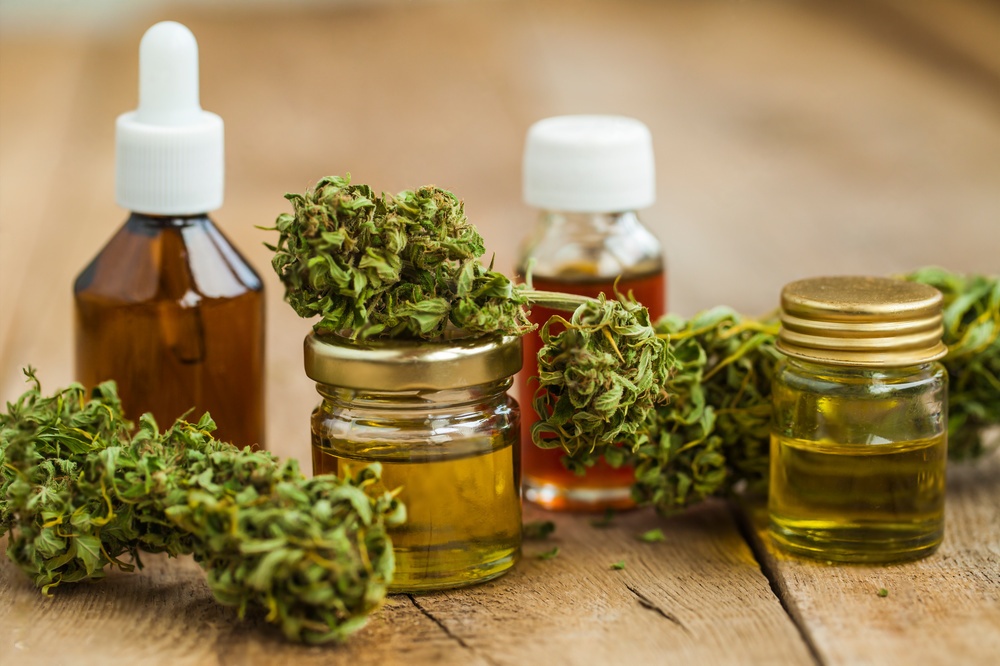
With the rise of environmental consciousness, industries across the globe are reevaluating their practices. The cannabis industry is no exception. Many cannabis businesses are adopting sustainable solutions, especially in their packaging.
Consequently, specific eco-friendly packaging strategies have gained popularity. One of them is the Post-Consumer Recycled (PCR) packaging. Using this type of custom cannabis packaging comes with many benefits for both the cannabis industry and the environment.
This article will detail what PCR is and its effects on cannabis products and the environment.
Understanding PCR Packaging
Also known as Post Consumer Recycled or Post Consumer Resin, PCR refers to material or packaging made from plastics that consumers recycled. These plastics are typically polyethylene terephthalate (PET) and high-density polyethylene (HDPE). Both plastics, PET and HDPE, are recyclable.
PCR packaging manufacturers then gather these plastics and process them into resins. This resin creates new packaging (PCR) instead of relying solely on new raw materials.
The Effect of PCR Custom Cannabis Packaging
There are several effects of using PCR custom cannabis packaging. Some of the implications are:
#1. Resource Conservation
PCR custom cannabis packaging reduces the demand for new raw materials, such as virgin plastic. This conserves natural resources like petroleum. Better yet, it decreases the environmental impact associated with extracting and processing these raw materials. Examples of such adverse effects are habitat disruption and the release of greenhouse gases.
#2. Energy Savings
Manufacturing PCR packaging generally requires less energy than virgin plastic packaging. Specifically, collecting and processing recyclable plastic into new containers consumes less power. This is different when extracting, refining, and processing new raw materials.
#3. Reduced Greenhouse Gas Emissions
The production of virgin plastic is often associated with substantial greenhouse gas emissions. These greenhouse gases are generally harmful to the climate. As such, opting for PCR packaging can contribute to lowering these emissions.
#4. Waste Reduction
In the past, the “take-make-dispose” model dominated many industries regarding packaging. This led to an alarming accumulation of waste, mainly plastic waste. PCR packaging disrupts this linear model. It introduces a circular approach where materials are recycled and reused. Today, PCR offers many cannabis industries the opportunity to repurpose post-consumer plastics.
#5. Enhanced Brand Image
Adopting PCR custom cannabis packaging can positively impact your brand’s image. It’s a way of demonstrating your commitment to environmental responsibility. Moreover, consumers are increasingly inclined to support businesses that prioritize sustainable practices. This, in turn, means more sales.
#6. Regulatory Compliance
As environmental regulations become more stringent, it’s best to look for eco-friendly packaging options. Using PCR materials ensures that packaging aligns with evolving sustainability standards. By complying with environmental regulations, you avoid potential legal and reputational risks.
Does PCR Negatively Impact the Quality and Safety of Cannabis Products?
Properly designed PCR packaging protects against light, moisture, and oxygen. This ensures that the cannabis product maintains its potency and freshness.
However, it’s important to note that PCR packaging may introduce impurities or contaminants if not properly sanitized or processed. Consequently, this can compromise the overall quality of the cannabis product.
Conclusion
The environmental impact of PCR custom cannabis packaging extends beyond resource conservation. It encompasses energy efficiency, waste reduction, and a broader commitment to sustainable practices.
Precisely PCR custom cannabis packaging positions your brand as a responsible player in the global drive toward an eco-friendlier future.